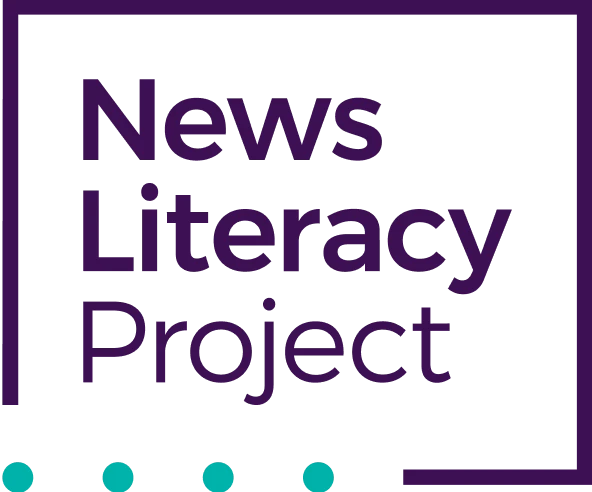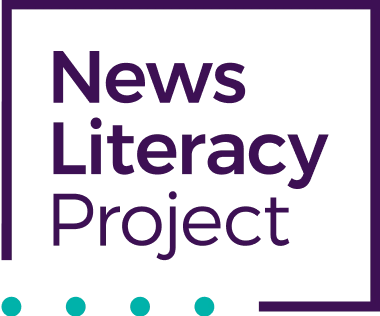Dig Deeper: What is misinformation?
Dig Deeper— a supplement to The Sift, NLP’s weekly email newsletter for teachers — is a classroom-ready resource to use directly with students. It is designed as a think sheet, which is an effective tool for using writing to improve reading comprehension. A think sheet brings reading and writing together to transform content recall into new knowledge (Collins et al., 2017). It works, in part, because it helps make thinking visible and allows students to actively construct meaning. This means that students get to dig deeper into one of the weekly news or viral items featured in The Sift.
With additional assistance from teachers, student learning improves even more. While this type of resource assists all learners, it especially supports struggling students (Raphael & Englert, 1990) who need additional scaffolds for comprehending complex texts. Students do so much more than summarize or respond to questions. Dig Deeper enables students to read a text closely, make sense of it and react to the reading. In so doing, the resource builds higher-level skills such as analysis, synthesis and evaluation.
We encourage educators to use this resource as is or as a starting template. This resource is flexible by design because teachers are in the best position to determine developmentally appropriate practice for their classrooms. Teachers are therefore encouraged to make copies of the document and add or revise it to suit their needs. Additionally, class discussions and extended writing can foster even deeper comprehension and understandings of the topic at hand.
References
Collins, J. L., Lee, J., Fox, J. D., & Madigan, T. P. (2017). Bringing Together Reading and Writing: An Experimental Study of Writing Intensive Reading Comprehension in Low-Performing Urban Elementary Schools. Reading Research Quarterly, 52(3), 311–332. https://doi.org/10.1002/rrq.175
Raphael, T. E., & Englert, C. S. (1990). Writing and Reading: Partners in Constructing Meaning. The Reading Teacher, 43(6), 388–400. http://www.jstor.org/stable/20200412



